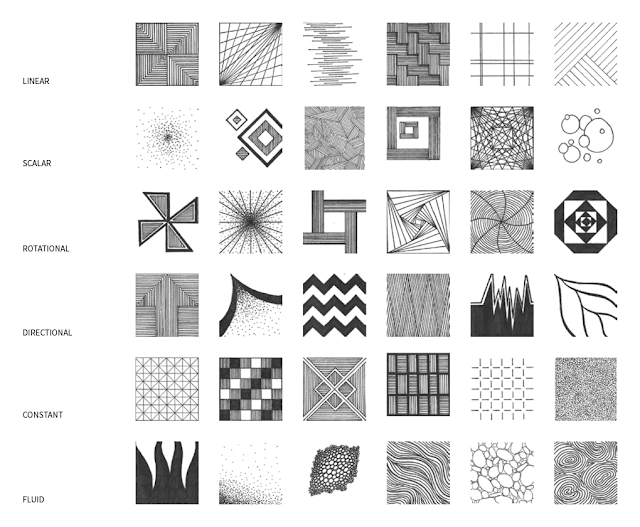Concept: Sustainability

The overarching concept of my light rail station design is sustainability, as a focus on the future environmental impact of architecture is crucial. This is reflected through key decisions on the use of structural materials and detailing. The main body is constructed from concrete that has been recycled from demolished buildings thus repurposing an otherwise discarded material while giving strength to the structure. Additionally, the high thermal mass of concrete aids towards maintaining a more constant and comfortable temperature within the space, negating the need for energy intensive heating and cooling systems. The detailing of the timber balustrades is not only visually pleasing but its low embodied carbon, energy efficient production, and its ability to be easily recycled in future contribute to reducing the station's impact on the environment. On the roof of the station there are a system of photovoltaic cells that have been arranged to accommodate its curved surface. With sources of renewable energy becoming increasingly important and prevalent, these panels will provide not only the station itself with electrical power but also the university on a broader scale.
The Exterior:



The structure's design has been centered around the two concepts of Louis Kahn and Balkrishna Doshi's work respectively, that emphasis is placed on strong geometric forms of the building, which in turn dramatically influences its relationship to light, and the interrelationship between indoor and outdoor spaces.
The Entrance:
The entrance and bridge of the structure can be seen to reflect the concept "emphasis is placed on strong geometric forms of the building, which in turn dramatically influences its relationship to light", as the interconnecting rectilinear prisms makes for a dramatic form and the use of glazing for the roof allows for natural light to filter into the space.

The Station:
The curvilinear structure of the railway is formed such that it explores the "interrelationship between indoor and outdoor spaces" as its roof and wall that provide shelter from the elements as well as the exaggerated vertical balustrade that gives an illusion of an enclosed space while being open to allow for an immediate connection to the environment.
Custom Textures on Model:
 |
| Patterned stone tile |

 |
| Recycled concrete |
 |
| Photovoltaic cells |
Links:
SketchUp:
<iframe src="https://3dwarehouse.sketchup.com/embed.html?mid=93f47370-01a3-4a57-b70a-cf9a0c77f4bc&width=580&height=326" frameborder="0" scrolling="no" marginheight="0" marginwidth="0" width="580" height="326" allowfullscreen></iframe>
Lumion:
https://www.dropbox.com/s/8ssicky1mvxrr7p/Lumion%20Light%20Rail.ls8s?dl=0






















































